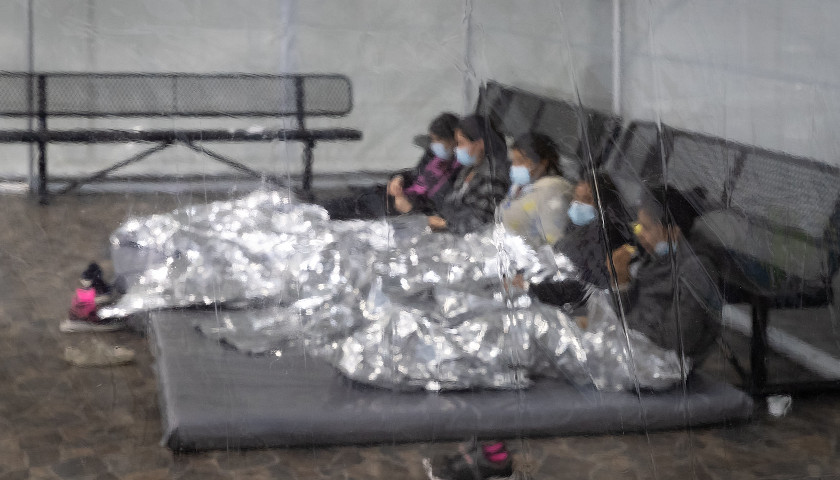by Andrew Powell
An audit recently released by the U.S. Department of Health and Human Services’ Office of the Inspector General gave the state of Florida low marks for its stewardship of children in its foster care system.
The OIG audit found that state agencies were failing to properly report missing foster care children in accordance with federal law and some didn’t report them missing at all.
The audit found that in total, there were 110,446 missing children from foster care during the audit period of July 1, 2018, to December 31, 2020, with 6,619 still missing by the end of the audit period.
Florida had 13,011 children missing from foster care in that period, which is 2% of the total 117,250 children in the foster care system. This was the highest in the United States, however, the Sunshine State had a better record when it came to locating missing children.
Children in the foster care system in Florida spent an average of 10 days missing, according to the report, and went missing an average of five times.
By December 31, 2020, Florida still had 156 children unaccounted for and five of those children died while they were missing.
The objective of the audit was to examine the policies and procedures that had been implemented by each state agency to report and locate missing foster children.
The audit was further used to identify any barriers that may be preventing a positive outcome and to report on the challenges faced by state agencies.
In comparison, California had 10,893 children disappear from foster care, which equates to 5%. It took an average of 41 days to locate the missing children and in that time, 13 of those missing children were reported as deceased.
By the end of the audit period, California still had 2,767 children unaccounted for.
The vast majority of children who went missing were between the ages of 15 and 17 making up 65% of the missing children nationwide. Females made up 51% of the missing children, while males were 48% with 1% not reporting a gender.
According to the report, a state agency official who was interviewed by the OIG stated that some of the missing children were classed as runaways, however, some of those children classed as runaways, were under the age of 5 and were likely abducted.
Per the report, all 50 state agencies had implemented the OIG recommendations into policies and procedures that would facilitate a better outcome in locating missing children. Special units and specially designated staff were also tasked to help locate children missing from the foster care system.
Several barriers were identified including limitations in data systems, lack of oversight in reporting missing children in a timely manner and issues when collaborating with Federal agencies and law enforcement.
Ongoing challenges for locating children who went missing frequently, largely came down to a lack of cooperation from the families of missing children and law enforcement. Placing foster children in foster homes where they were less likely to run away was also found to be a challenge.
– – –
Andrew Powell is a contributor to The Center Square.
Photo “Young Child” by Bessi.





